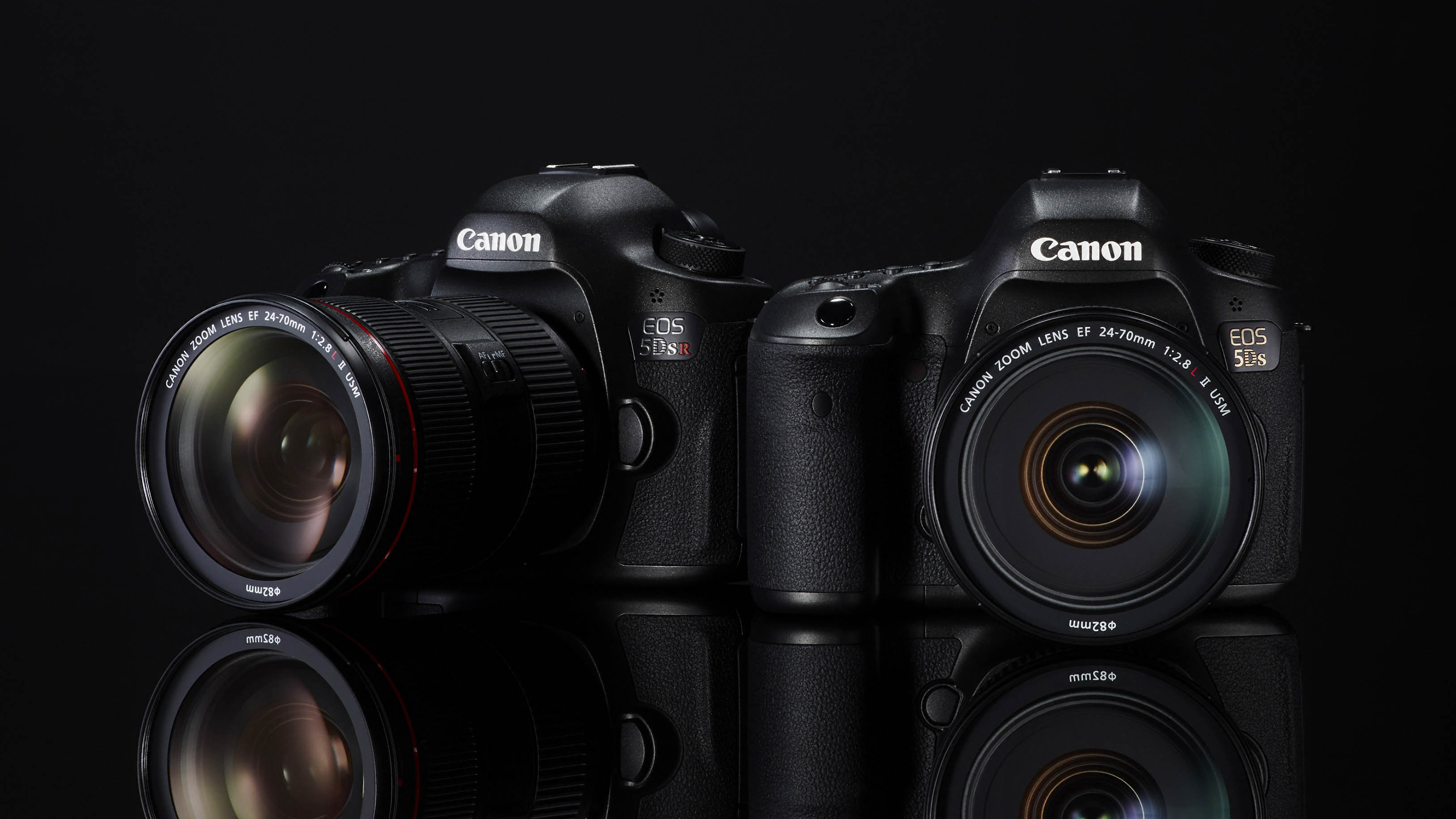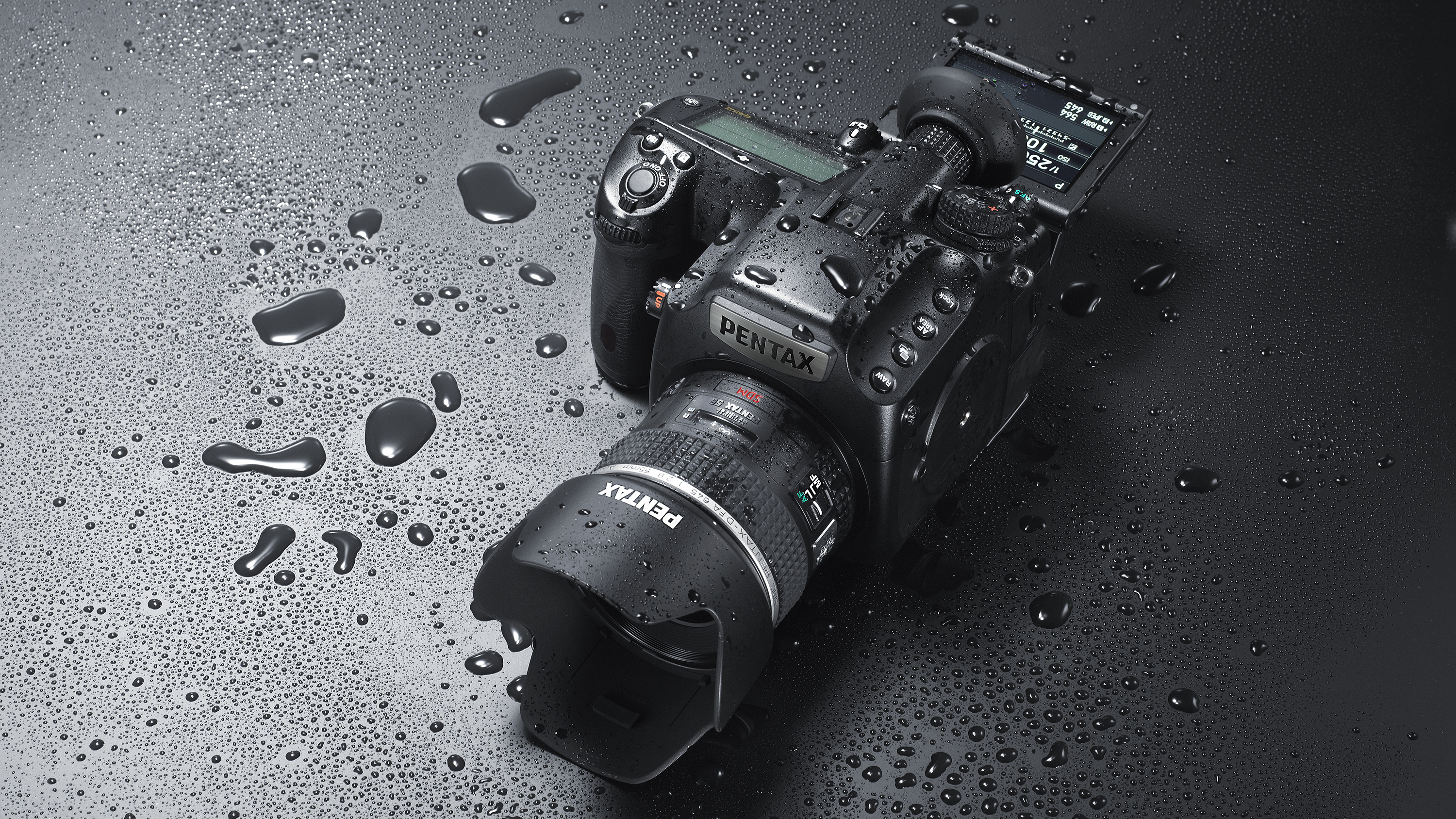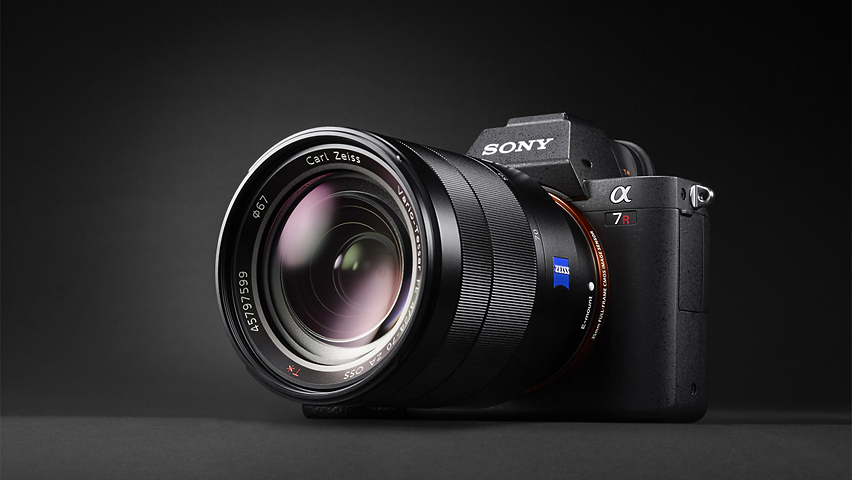Hasselblad is best known for its professional medium-format camera systems – and the professional price tags that go with them – but the X1D is a new and radical step into a very different market.
Its minimalist mirrorless design means it’s a fraction of the size of a regular medium-format camera, and scarcely larger than a 35mm full-frame DSLR, and while it’s still a long way from cheap, its price does put it within the reach of many more professionals and well-heeled amateur photographers.
Key features
- Medium format (43.8 x 32.9mm) CMOS sensor, 50MP
- 3.0-inch touchscreeon, 920,000 dots
- Flash can be used at all shutter speeds
So what’s the big deal about medium format? It’s all about image quality – both in terms of detail rendition and less easily defined pictorial qualities. At 50 million pixels the Hasselblad X1D’s sensor has, from the sound of it, no inherent advantage over the 50-megapixel Canon EOS 5DS, for example.
But there’s more to this than megapixels. The bigger sensor means bigger photosites which, in turn, should mean less noise and wider dynamic range – Hasselblad claims up to 14 stops.
The larger sensor also delivers a very different ‘look’, with a much shallower depth of field at any given effective focal length. The X1D has a crop factor of 0.82x, so the 45mm f/3.5 XCD lens supplied to us for review is actually equivalent to a 37mm lens on a full-frame DSLR, while the 90mm f/3.2 XCD lens is actually equivalent to 74mm.

And it’s not just the sensor that’s different. The design, look and layout of the X1D is also quite unique. This is a very modern camera, built from milled aluminium to produce a strong and durable body, and round the back is a thoroughly modern touchscreen display which is just as clean and minimal.
If you don’t like composing shots on the rear screen, you can use the electronic viewfinder. There’s no pretend pentaprism here, just a slightly raised section on the otherwise perfectly rectangular body.

Hasselblad has launched a new series of XCD autofocus lenses for this camera (though you can use existing H System lenses via an optional adaptor). Each lens contains its own integral leaf-type shutter – the X1D does not use a focal plane shutter. This means less vibration, and flash synchronization right up to the top shutter speed of 1/2000 sec.
We tested the camera with the 45mm f/3.5 XCD and 90mm f/3.2 XCD lenses. There’s also a 30mm f/3.5 XCD lens. As you might expect, they’re not cheap, ranging from £1,900 to £3,300 ($ 2,300 to $ 4,000), although that’s within striking distance of the prices for top-spec full-frame prime lenses.

Other interesting features include built-in Wi-Fi and a clip-on GPS adaptor supplied with the camera (though not our review sample) and dual SD card slots for backups (saving to both cards simultaneously), overflow (using the second card when the first is full), or for separating JPEGs from raw files.
The X1D is very much a ‘raw’ camera. The JPEGs it saves are just one-quarter size, and designed for quick reference or sharing, not for final use. Instead, you use Hasselblad’s own Phocus raw conversion/editing software to process your images, or a third-party program like Adobe Camera Raw.
Build and handling
- Milled aluminium body
- Excellent digital spirit level
- 725g
The Hasselblad X1D may be comparatively small, but it’s still a solid and hefty camera, and although the body is impressively light at well under a kilogram, the lenses are pretty substantial and do push the weight up.
This is one of the few cameras, though, with enough height in the grip to let you get all four fingers of your right hand around it, instead of leaving one dangling at the bottom.
The controls are really good. There aren’t many of them, but everything you need is here. The mode dial has an interesting action – to lock it, you press downward against spring pressure until it locks flush with the camera top plate. To change the mode, you press it again to release it and it springs up. It’s a neat idea, although perhaps the dial could do with being a little larger.

The touchscreen interface is responsive, and very clear, and there's an excellent digital spirit level, which displays a solid circular ‘bubble’ along a horizontal and vertical axis on the screen. It’s both more intuitive and much more responsive than we’re used to seeing.
A pair of buttons on the top plate offer quick access to auto/manual focus modes, ISO and white balance, and there’s a depth of field preview button on the front. On the back there’s an AE-L (exposure lock) button and an AF-D button for activating the autofocus – effectively, ‘back button focusing’ – although the autofocus can also be initiated by half-pressing the shutter release in the normal way.

There are some quirks. You could spend a long time looking for the full-size JPEG option, not realising there isn’t one. Hasselblad cameras only offer quarter-size JPEGs for quick reference or sharing, although we were told a full-size JPEG option was being considered for the X1D.
It’s also inconsistent in the way it handles shutter speeds. Initially, we thought it didn’t offer shutter speeds longer than 1 second in manual mode. In fact, as you turn the dial it goes from 1 second to the B and T exposure settings, and then past those into the longer exposure times. In shutter priority mode, the shutter speeds follow the normal sequence, with the B and T settings at the end.
Hasselblad has just introduced a v1.15 firmware update, which adds focus peaking, GPS support, maximum/minimum values for the Auto ISO option and the ability to specify a different exposure simulation on/off setting for manual mode, typically for use in studio flash photography.

The battery arrangement on the Hasselblad X1D is especially interesting. For a start, there's no door to the battery compartment. Instead, the base of the battery sits flush with the base of the camera to provide its own ‘door’. When you flick the battery release lever on the base of the camera the battery pops out a short distance, but no further – you then have to push the battery against spring pressure to release the catch fully.
There's also no battery charger. Instead, you plug the charging adaptor directly into the battery. It might sound like change for change’s sake, but it seems to echo the X1D’s style – fewer parts, less fuss.
Performance
- 1.7-2.3fps burst shooting
- Contrast-detect autofocus
- No image stabilization
It should be no surprise to discover that the Hasselblad X1D lacks the speed of a smaller-format DSLR or mirrorless camera, but it’s still pretty snappy. The start-up time is disappointing, admittedly, taking a few seconds, but the autofocus response isn’t bad at all. It does sometimes hunt around a little, or even fail to focus completely in low light, but it feels no worse than early mirrorless cameras or some Nikon DSLRs in Live View mode, for example.
This is not a camera for shoot-from-the-hip grab shots. Instead, it’s a tool for more thoughtful, considered photography. You can still shoot relatively quickly, but the more you rush it, the more frustrated you’re likely to become – and the more you risk losing a little of the amazing image quality this camera is capable of capturing.

The exposure system seems geared towards highlight preservation, which is ideal in a camera of this class. You can bring out shadow detail easily enough in post-processing, but you don’t want to take any chances with highlight detail. The auto white balance system did a good job in our tests, and while the X1D didn’t do especially well in our color rendition lab tests, the real-world results looked good, if a little undersaturated.

The point here is that the X1D is designed for raw imaging, and users will modify the exposure and color settings to their own tastes during processing – our test figures indicate the default conversion settings only.
In short, the X1D delivers spectacular results, but it demands a fraction more care and time than the average camera.
Image quality
- ISO100-25,600
- Built-in low-pass filter
- 8272 × 6200 pixels
It’s not just the megapixels, but the extraordinary clarity and precision of each one of them. Hasselblad says its XCD lenses are optimised to get the best results from its sensor, and on the basis of the 90mm and 45mm lenses we tested, it’s certainly done that.
The X1D’s non-anti-aliased sensor gave our resolution test chart some issues with moiré, but our real-world images look razor-sharp, even right to the edges of the frame.

The lenses undoubtedly play a part in this, and having used both the 45mm and 90mm at a range of apertures, we’d have no hesitation in using both of them wide-open – the contrast and edge-to-edge sharpness are almost undiminished, even at full aperture, and this will also emphasise that wonderful spatial depth, or shallow depth of field, that you get from the larger sensor.

There’s another reason to use wider apertures. Neither the camera body nor the lenses have stabilization systems, so if you’re shooting handheld it’s wise to keep the shutter speeds well above the minimum ‘safe’ levels, otherwise you risk losing the edge off that spectacular detail rendition.
Verdict

The Hasselblad X1D needs to be used at a slightly slower pace than full-frame rivals, but the payback is spectacular image quality and a very rewarding shooting experience. The clean, minimal design is matched by an equally clear and efficient set of controls, and the two lenses we tested are just as impressive as the camera. We now can’t wait to try out the new medium-format Fujifilm GFX, but the Hasselblad X1D has certainly set the bar very high indeed.
Competition

Canon EOS 5DS
The EOS 5DS packs in an incredible 50MP full-frame sensor – we haven't seen anything like this in a DSLR before. The blend of resolution, size and affordability looks unlikely to be beaten any time soon. It’s a terrific camera, but it also demands the very best lenses.
Read the full review: Canon EOS 5DS

Pentax 645Z
We loved the medium-format Pentax 645Z for its DSLR-style handling and controls, but prices have stayed high, and the X1D is a strong, premium-quality rival.
Read the full review: Pentax 645Z

Sony Alpha A7R II
Sony's flagship mirrorless camera features an excellent 42MP full-frame sensor. It may have a smaller sensor than the X1D, but you could spend the money you save on some of Sony’s spectacular new G Master prime and zoom lenses.
Read the full review: Sony Alpha A7R II